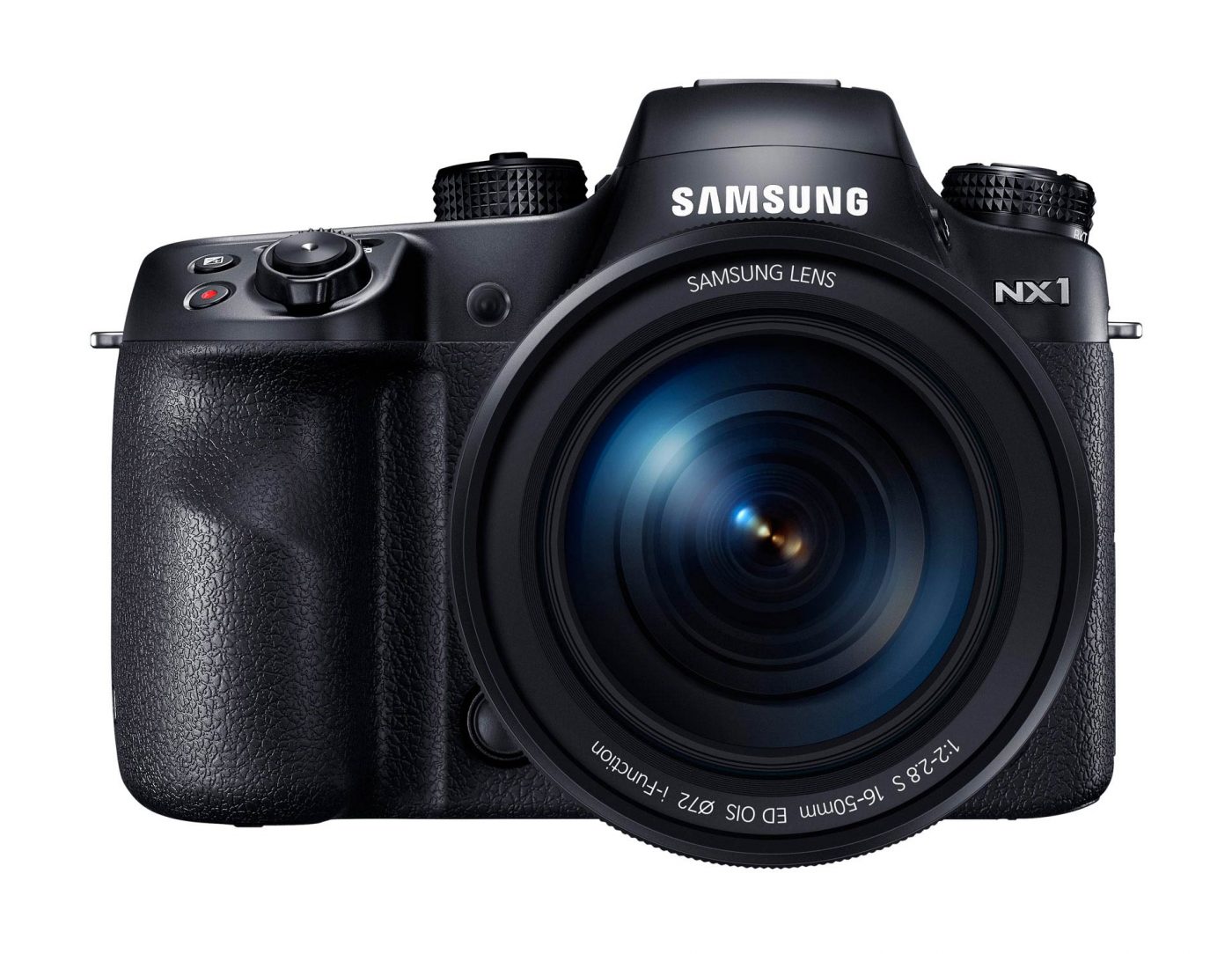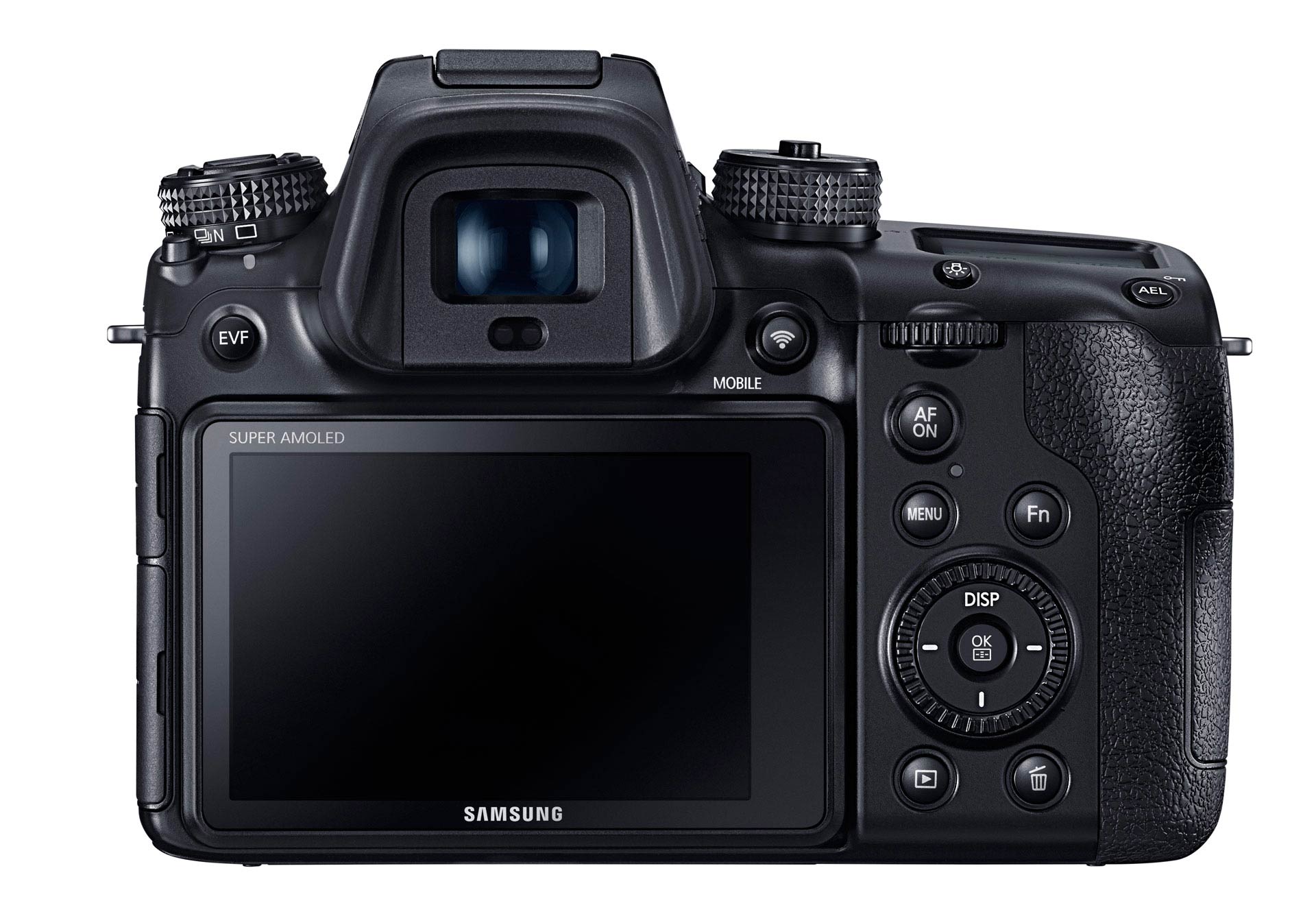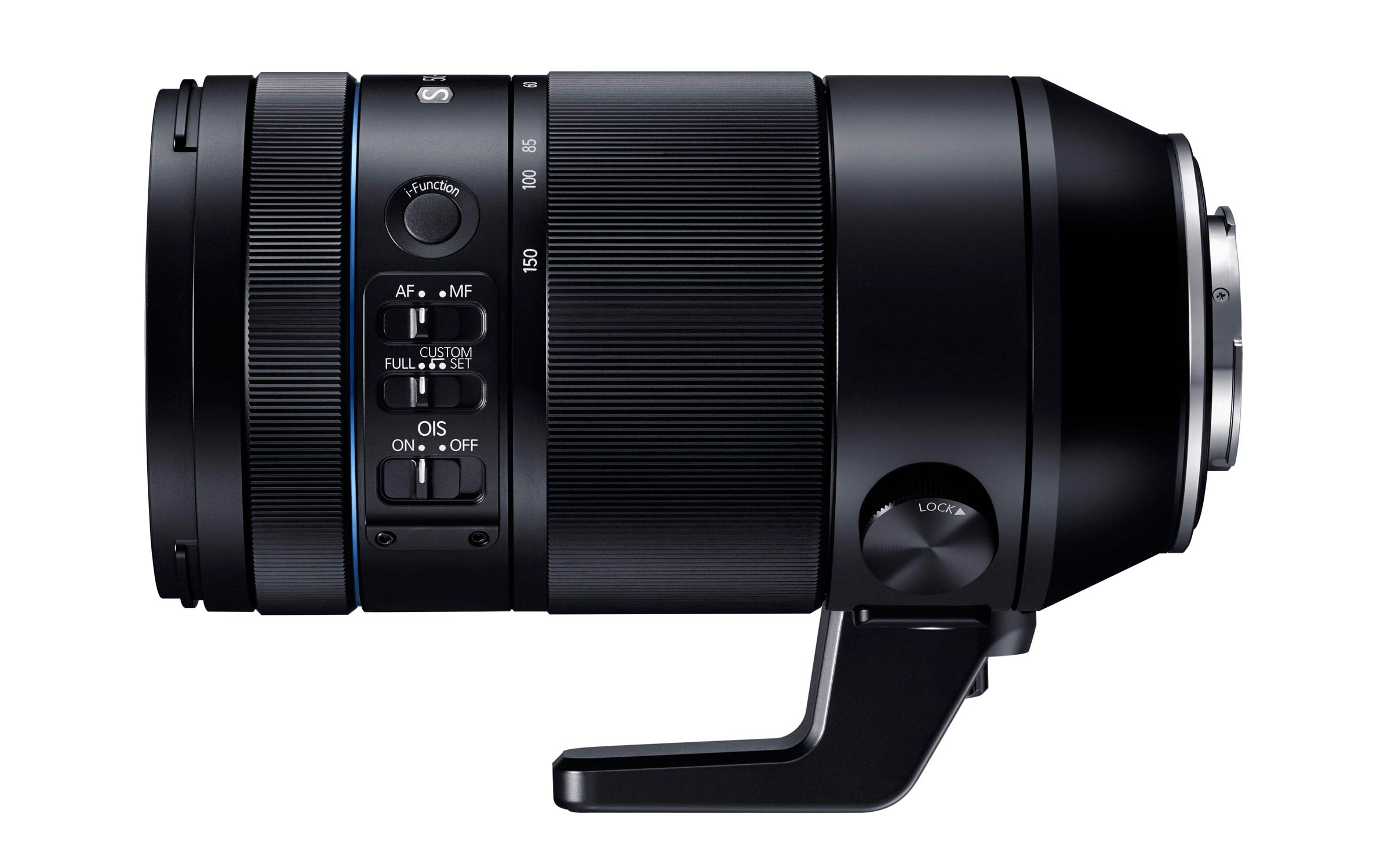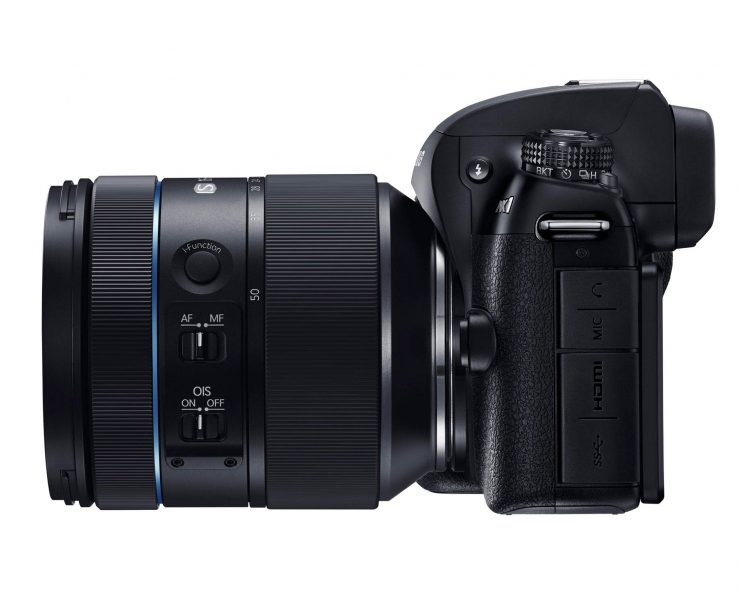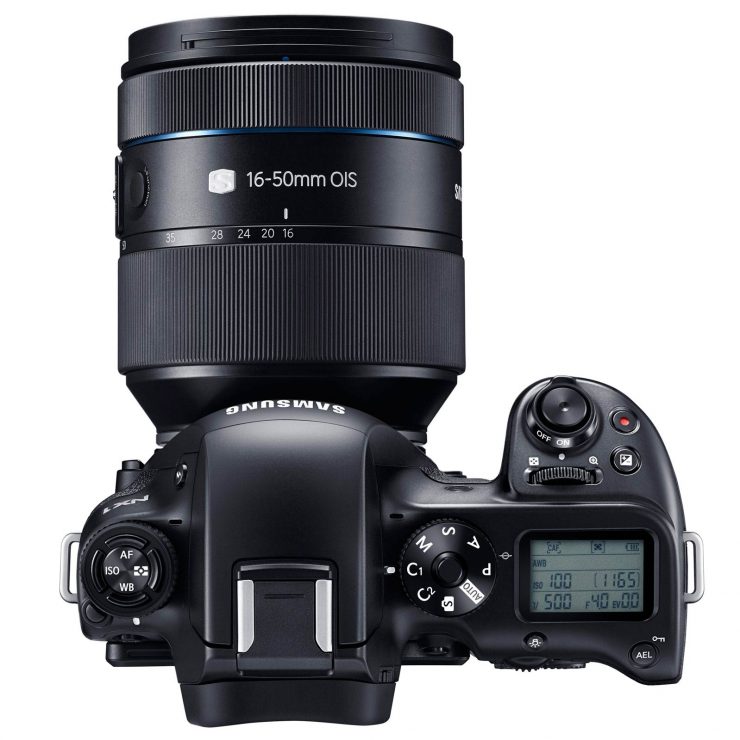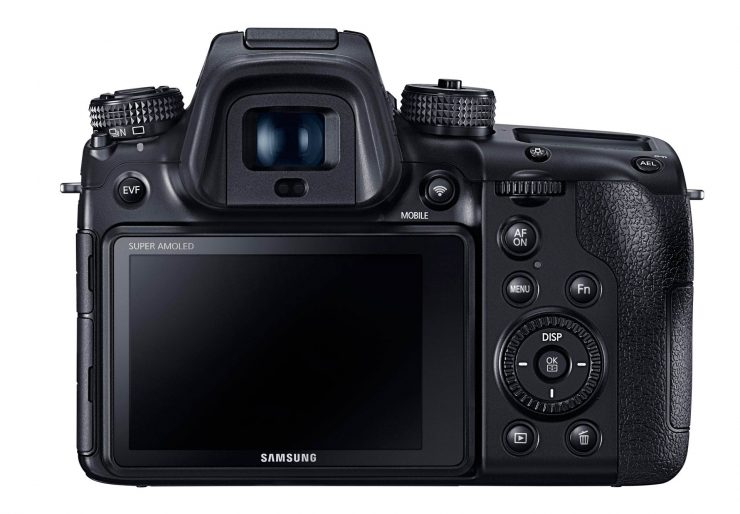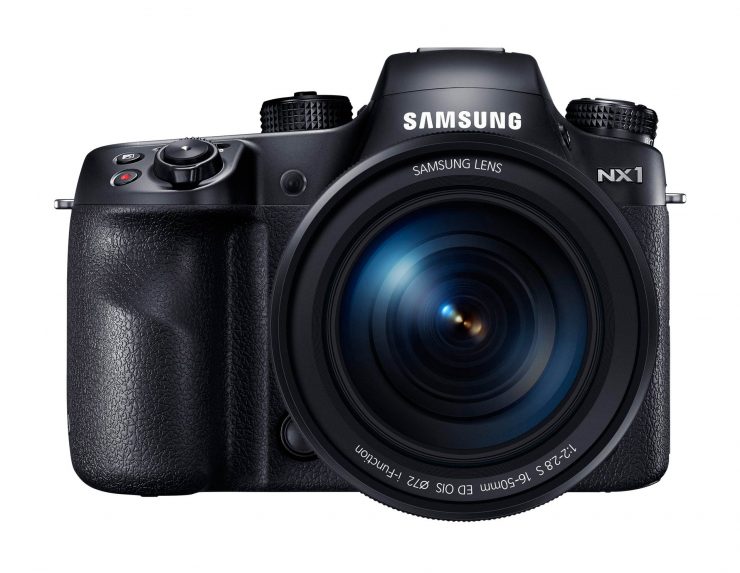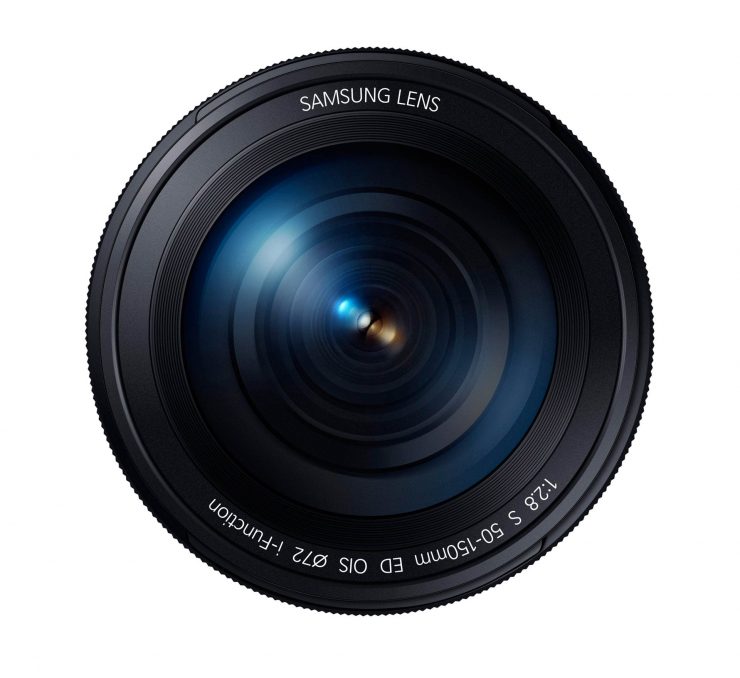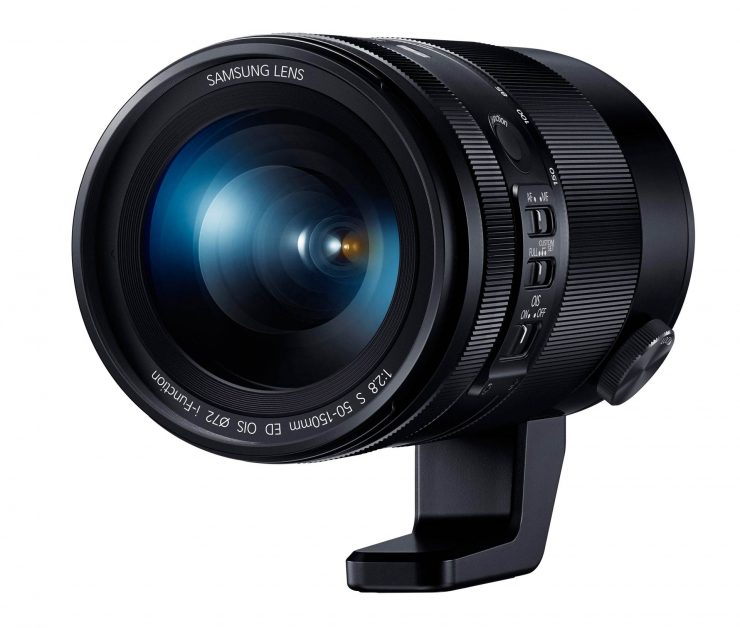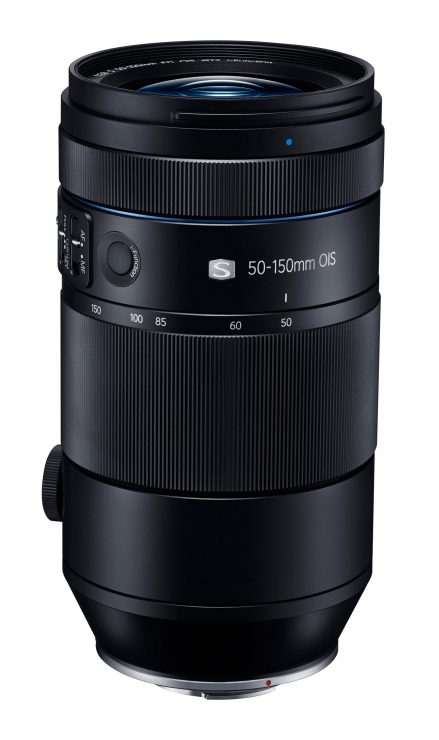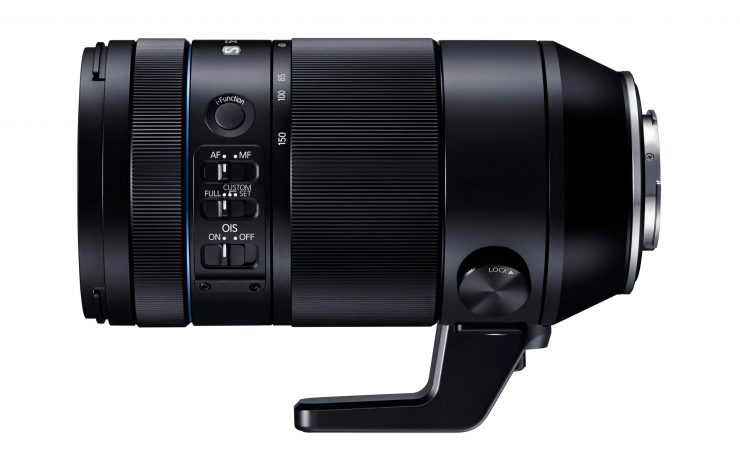A Mirrorless APS-C for Professional Action Shots
When Samsung released their first DSLR-style camera, I mostly ignored it. It’s not that there was anything wrong with it, but it seemed destined to live on the fringes of the photography world like Sigma’s SLRs; interesting, but ultimately just novelties. With today’s announcement of the Samsung NX1, though, it appears that Samsung has the opportunity to break into the world of professional photography as Sony has over the past few years.
What’s interesting about the Samsung NX1? First of all, it’s a sturdy mirrorless camera with weather sealed magnesium body and a large, 28.2 megapixel APS-C backside-illuminated 1 This technology is used in compact cameras to reduce digital noise. sensor rather than micro four-thirds (MFT). While there are plenty of MFT cameras that offer professional level features and performance, they’re all saddled with a small sensor (which has implications for depth of field and sensor noise). Fujifilm’s 16 MP XT-1 is the only mirrorless APS-C in the same class as the new Samsung, and Fuji is generally more of a niche-market product. In any case, because it’s mirrorless, the camera doesn’t have to deal with the limitations of mirror movement, so the NX1 can shoot a continuous 15 frames per second! That’s slightly faster than the Canon EOS 1DX, probably the best action camera on the market, and because there’s no mirror slapping up and down while shooting, there is no associated vibration to blur your images.
In addition to being fast, the autofocus system is sophisticated, with 205 phase-detection AF points (though it remains unclear how many are cross-type), and because there’s no mirror, autofocus is also possible while shooting video.
Speaking of video, the NX1 does not disappoint, to say the least. Not only can it shoot 1080p video at 60fps (like the new Canon 7D Mark II), it can also shoot UHD and 4K resolution video (unlike the 7D Mark II). The camera uses HEVC compression (H.265), and it can output video via the HDMI port with 4:2:2. HEVC H.265 is the new standard for compressed video, with file sizes that can be as low as 1% of the size of H.264 files.
And when it comes to connectivity, the Samsung gives you just about all of the options you could want: USB 3, Bluetooth 3.0, Wi-Fi (N/AC), NFT (near-field technology) and it supports UHS-II SD cards. When paired with a smartphone via Bluetooth, the camera can receive GPS data to geotag images, though GPS is not built into the camera. A battery grip will also be available for extended shooting.
The Samsung NX1 will be available in October for $1499. It can be pre-ordered now from your favorite stores:
Lenses
For any camera system to really be a contender in the professional market (or the advanced amateur market for that matter), it must include a sufficiently large range of high-quality lenses.
Today, Samsung announced a new professional quality 50-150mm f/2.8 lens, equivalent to a 77-231mm lens on a full-frame camera. In addition to professional level optics and optical image stabilization, the lens is sealed against weather and dust. Combined with Samsung’s 16-50mm f/2-2.8 lens, and prime offerings such as the Samsung 85mm f/1.4, 45mm f/1.8, and 60mm macro, among others, the Samsung system can cover a wide range of shooting situations, from portrait and event to landscape and macro. Unfortunately, Samsung still does not offer any super-telephoto lenses, so professional sports and wildlife are still out of reach… though I’d be surprised if longer lenses are not on the horizon.
The Samsung S 50-150mm f/2.8 Lens will cost $1599 when it is available in October. You can pre-order it now:
- 50-150 S at Amazon.com (Prime!)
- 50-150 S at Adorama
- 50-150 S at B&H

